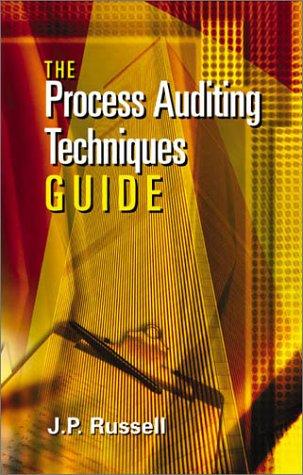Question
Combat Fire, Inc. manufactures steel cylinders and nozzles for two models of fire extinguishers: (1) a home fire extinguisher and (2) a commercial fire extinguisher.
Combat Fire, Inc. manufactures steel cylinders and nozzles for two models of fire extinguishers: (1) a home fire extinguisher and (2) a commercial fire extinguisher. The home model is a high-volume (54,000 units), half-gallon cylinder that holds 2 1/2 pounds of multi-purpose dry chemical at 480 PSI. The commercial model is a low-volume (10,200 units), two-gallon cylinder that holds 10 pounds of multi-purpose dry chemical at 390 PSI. Both products require 1.5 hours of direct labor for completion. Therefore, total annual direct labor hours are 96,300 or [1.5 hours (54,000 + 10,200)]. Expected annual manufacturing overhead is $1,580,700. Thus, the predetermined overhead rate is $16.41 or ($1,580,700 96,300) per direct labor hour. The direct materials cost per unit is $18.50 for the home model and $26.50 for the commercial model. The direct labor cost is $19 per unit for both the home and the commercial models.
| Expected Use of Drivers by Product | ||||||||||
|---|---|---|---|---|---|---|---|---|---|---|
| Activity Cost Pools | Cost Drivers | Estimated Overhead | Expected Use of Cost Drivers | Home | Commercial | |||||
| Receiving | Pounds | $81,600 | 335,000 | 215,000 | 120,000 | |||||
| Forming | Machine hours | 151,000 | 35,000 | 27,000 | 8,000 | |||||
| Assembling | Number of parts | 415,000 | 217,000 | 165,000 | 52,000 | |||||
| Testing | Number of tests | 52,000 | 25,500 | 15,500 | 10,000 | |||||
| Painting | Gallons | 53,100 | 5,258 | 3,680 | 1,578 | |||||
| Packing and shipping | Pounds | 828,000 | 335,000 | 215,000 | 120,000 | |||||
| $1,580,700 | ||||||||||
A) Under tradational product costing, compute the total unit cost of each product. Prepare a simple comparitive schedule of the individual costs by product. B) Under ABC, prepare a schedule showing the computations of the activity-based overhead rates (per cost driver) C) Prepare a schedule assiging each activity's overhead cost pool to each product based on the use of cost drivers. (Include a computation of overhead cost per unit, roudning to the nearest cent.) D) Compute the total cost per unit for each product under ABC. E) Classify each of the activities as a value-added activity or a non-value-added activity.
Step by Step Solution
There are 3 Steps involved in it
Step: 1

Get Instant Access to Expert-Tailored Solutions
See step-by-step solutions with expert insights and AI powered tools for academic success
Step: 2

Step: 3

Ace Your Homework with AI
Get the answers you need in no time with our AI-driven, step-by-step assistance
Get Started


